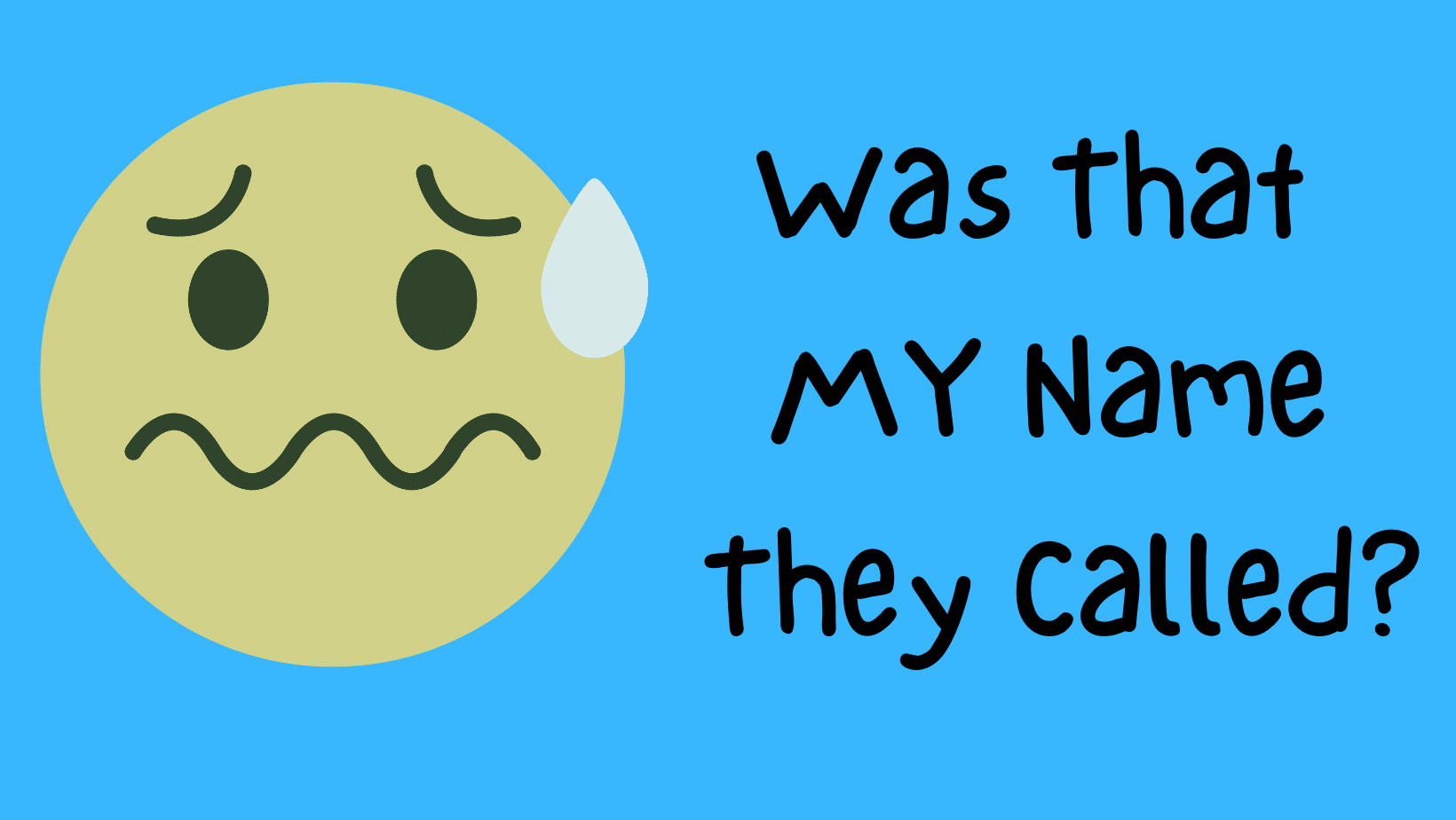On a recent road trip in the US, I needed to talk to my doctor in Canada. A simple, accessible telehealth appointment cleared up my issue.
On the screen and using my assistive devices, I could see him, hear him and speechread him. I didn’t have to ask him to speak louder, because I controlled the volume on my devices. I also didn’t need to sit in a crowded, noisy waiting room. The appointment was a far cry from the situation I first wrote about 12 years ago; an excerpt follows.
OK, people with hearing loss, think quickly. What’s the most challenging aspect of going to the hospital, doctor, or dentist?
The eye exam where you can’t see the technician’s lips (or any face-part) because of the lights or equipment in front of your eyes?
The masked dentist who’s clearly trying to ask you something, but you can’t say ‘pardon’ with a mouth bolted open by metal bars?
The doctor in a rush who doesn’t make eye contact?
These situations are the tip of the ‘healthcare communication barriers’ iceberg. Medical and health professionals are usually not trained to communicate with people who have hearing loss and the average healthcare environment is usually not an accommodating one.
My vote for most challenging medical situation goes to the nightmare of “Waiting for Your Name to be Called.”
Like most people, I have spent many life-hours waiting to see the doctor or dentist, at the ER for a child’s broken collarbone, or for medical procedures like x-rays and MRIs. It’s not the mind-numbing wait time that stresses me, but the sheer difficulties of hearing someone call my name. I live in fear of missing my turn and finding myself the last person in the waiting room, just before they turn out the lights.
I always let the receptionist know about my hearing loss but still, I worry. Clinics and emergency rooms are chaotic and listening for my name is an aerobic workout.
Please, Ms. Hannan, have a seat. We’ll call you when we’re ready.
Thank you, but I have hearing loss and I might not hear my name called. Could I sit here, beside you? Help with the filing, maybe?
No. Please join the others in the waiting room; we’ll find you.
Well, could you do a little wave, so that I know it’s me you’re calling? I’ve been missed before.
Sure, yes, we’ll try, whatever, siddown!
I shuffle away, hoping to find a seat close to the doorway where the nurse will appear, so I can read my name on her lips. The crowded waiting room has rows of seats; some face the important doorway, but others face the back of the room and that’s where the only empty seat is.
Sitting down, I immediately adopt the upper-half-twist, a manoeuvre unique to people with hearing loss trying to see/hear something behind them. The lower half of the body faces forward, and the upper half is cranked completely backwards, towards the doorway.
Variations include the simple ‘neck twist’ – full-body forward and neck turned to the back, like an owl – and the more common ‘neck thrust’, in which all body parts face forward, and the neck thrusts really forward, to put the ear closer to the source of sound. Please note that all of these positions are painful if held for any length of time.
If I do manage to cop a seat facing the door, every time the nurse appears, file in hand to call out a name, I jump forward in my seat and do the ‘neck thrust’. If someone else gets up, I shift back. But if not, I rush the nurse saying, “Hey, hi, it’s me, did you call my name, didja?” And please gawd, she did, otherwise I slink back to my seat, embarrassed at having 200 people witness my pathetic pleading.
I relax for a moment and look out the window, admiring the pretty flowers. Then I feel eyes on me – lots of eyes. A kind soul taps my arm and directs my attention to the nurse, who wouldn’t dream of wading through the mass of humanity to where I sit, and who is calling me impatiently.
It’s part of my psycho-social makeup that, in spite of 30 years of hearing loss advocacy, I still feel compelled to mutter, “Sorry, I didn’t hear you, I have hearing loss.”
Although nothing can replace the effectiveness of in-person doctor appointments, I applaud telehealth and virtual appointments. When the doctor comes online, it’s to speak with me and no one else.








So right on! I can relate big time!